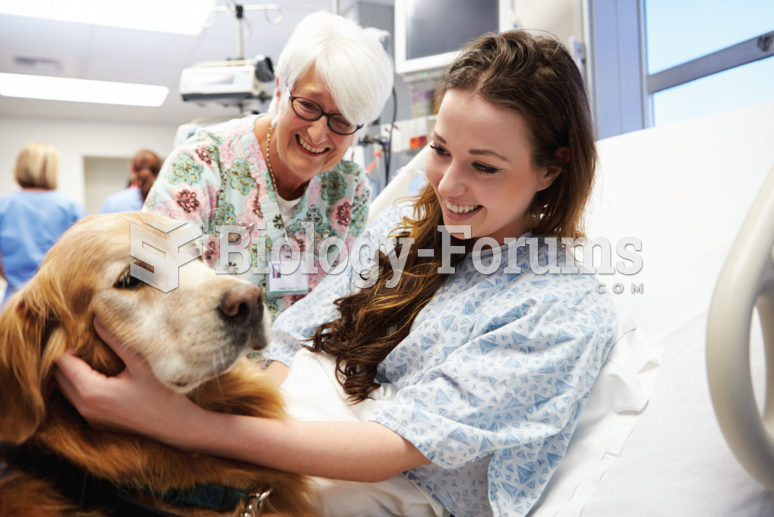|
|
|
Did you know?
Everyone has one nostril that is larger than the other.
Did you know?
The first documented use of surgical anesthesia in the United States was in Connecticut in 1844.
Did you know?
Cyanide works by making the human body unable to use oxygen.
Did you know?
About 3% of all pregnant women will give birth to twins, which is an increase in rate of nearly 60% since the early 1980s.
Did you know?
The average human gut is home to perhaps 500 to 1,000 different species of bacteria.







